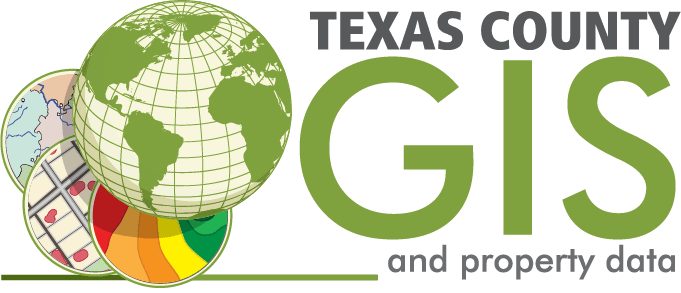The World of Web GIS: Connecting Geography And Data

Web GIS is a relatively new term to many companies, while they’re familiar with GIS in general, web GIS is not as well known.
In today’s digital age, Geographic Information Systems (GIS) have become indispensable tools for understanding and visualizing spatial data. GIS data is very important to many different industries. The integration of GIS with the web has led to the emergence of Web GIS, a dynamic and interactive platform that enables users to access, analyze, and share geospatial information over the internet. In this article, we’ll delve into what Web GIS is, its key components, and its wide-ranging applications.
What is Web GIS?
Web GIS, short for Web Geographic Information Systems, is a technology that combines the power of GIS with the accessibility and flexibility of the internet. It allows users to access and interact with geographic information and maps through web browsers, making it possible to collaborate, analyze, and present spatial data in real-time from anywhere in the world.
Key Components of Web GIS
- Geographic Information System (GIS): At the core of Web geographical information systems is a traditional GIS, which consists of hardware, software, data, and users. The GIS software processes and analyzes geographic data, while the hardware and data store and manage this information. Users can be GIS professionals, researchers, government agencies, businesses, or the general public.
- Web Mapping: This type of GIS relies heavily on web mapping technologies to display geospatial data in an interactive and user-friendly manner. Popular web mapping libraries and APIs, such as Leaflet, OpenLayers, and Google Maps, enable developers to create maps that can be easily embedded into websites and applications.
- Spatial Databases: To efficiently manage and retrieve geospatial data, Web GIS often relies on spatial databases. These databases store geographic information and allow for spatial queries, which are essential for tasks like finding nearby locations or overlaying multiple datasets.
- Web Services: Web services are a crucial component of this GIS, as they facilitate data sharing and interoperability. Services like Web Map Service (WMS) and Web Feature Service (WFS) enable users to access map images and geographic features from various sources.
- User Interface: User-friendly interfaces are essential for Internet GIS applications. These interfaces allow users to interact with maps, perform spatial analyses, and access relevant information easily.
Applications of Web GIS
- Environmental Management: This type of GIS in monitoring environmental changes, tracking wildlife populations, managing natural resources, and assessing the impact of human activities on ecosystems. It helps organizations make informed decisions to protect the environment.
- Urban Planning: City planners use this GIS to analyze demographic data, plan transportation networks, optimize land use, and make cities more sustainable. It enhances public engagement by allowing citizens to provide input on proposed projects.
- Disaster Management: During natural disasters, Web GIS helps authorities coordinate response efforts by providing real-time information on affected areas, evacuation routes, and resource allocation.
- Business Intelligence: Businesses use this GIS type to gain insights into market trends, customer behavior, and location-based marketing. It enables them to make data-driven decisions regarding site selection and expansion.
- Public Health: Web GIS plays a vital role in tracking disease outbreaks, managing healthcare resources, and analyzing the spread of infectious diseases. It aids in identifying high-risk areas and planning public health interventions.
- Education and Research: This GIS has revolutionized education and research by making geospatial data and tools accessible to students, academics, and researchers worldwide. It encourages collaborative research and learning.
In Closing
Web GIS has democratized access to geographic information, making it an indispensable tool across various industries and sectors. Its ability to connect data and maps through web-based platforms has transformed the way we analyze and visualize spatial data. Whether it’s addressing environmental challenges, planning urban spaces, responding to disasters, or improving business strategies, Internet GIS is at the forefront of modern data-driven decision-making, enhancing our understanding of the world around us. As technology continues to advance, we can expect even more innovative applications and solutions to emerge from the exciting world of GIS.

